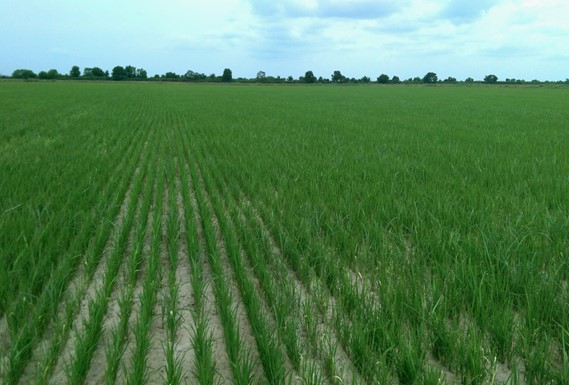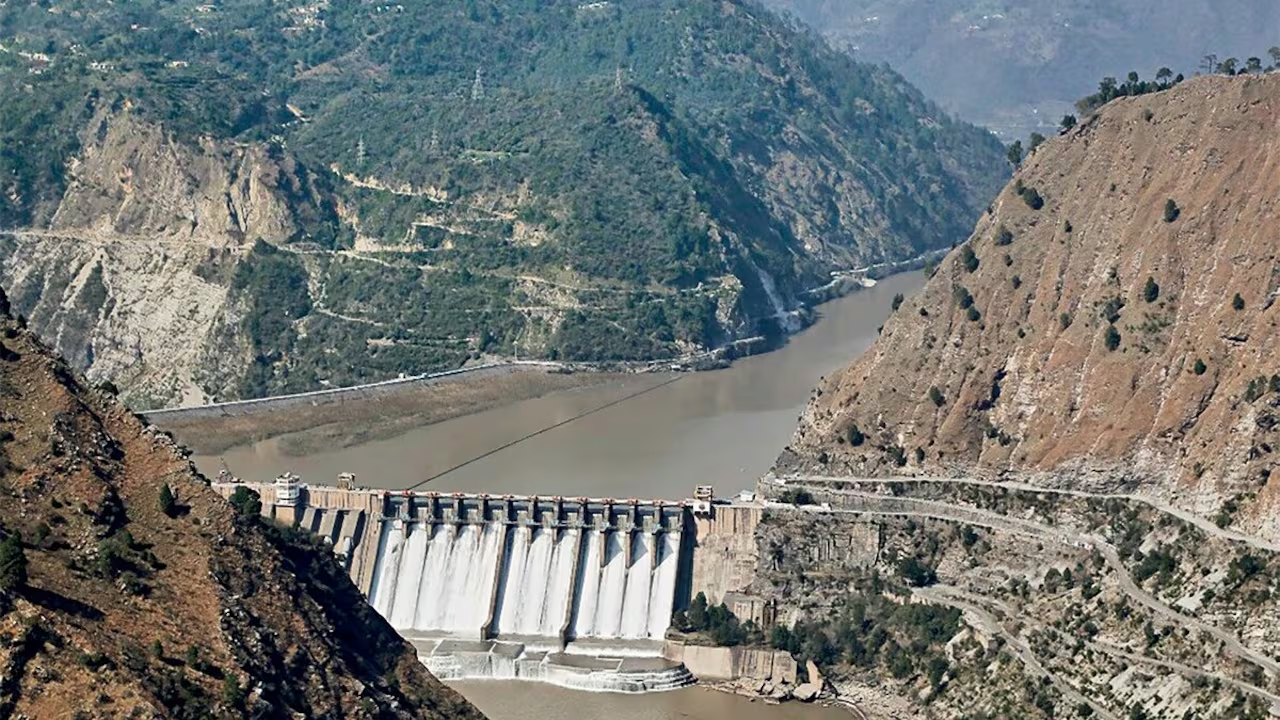- Courses
- GS Full Course 1 Year
- GS Full Course 2 Year
- GS Full Course 3 Year
- GS Full Course Till Selection
- Answer Alpha: Mains 2025 Mentorship
- MEP (Mains Enrichment Programme) Data, Facts
- Essay Target – 150+ Marks
- Online Program
- GS Recorded Course
- Polity
- Geography
- Economy
- Ancient, Medieval and Art & Culture AMAC
- Modern India, Post Independence & World History
- Environment
- Governance
- Science & Technology
- International Relations and Internal Security
- Disaster Management
- Ethics
- NCERT Current Affairs
- Indian Society and Social Issue
- NCERT- Science and Technology
- NCERT - Geography
- NCERT - Ancient History
- NCERT- World History
- NCERT Modern History
- CSAT
- 5 LAYERED ARJUNA Mentorship
- Public Administration Optional
- ABOUT US
- OUR TOPPERS
- TEST SERIES
- FREE STUDY MATERIAL
- VIDEOS
- CONTACT US
DIRECT-SEEDING METHOD
DIRECT-SEEDING METHOD
02-06-2023


Latest Context
The direct-seeding method is being used by farmers in the top rice-producing states as a response to labour shortages and delayed rains.
Facts about Direct-Seeding Method
- The "broadcasting seed technique," commonly referred to as direct seeded rice (DSR), is a water-saving way to plant paddy.
- Using this technique, there is no need for transplantation or nursery preparation because seeds are drilled straight into the fields.
Advantages of DSR
Reduce Labour:
- Only two workers are needed to spread seeds on one acre when using drum seeders, as opposed to 25–30 workers when using conventional methods.
- Farmers will have it easier and labour expenses will be greatly reduced.
Resource and Time Savings:
- Farmers save about 30 days in the crop cycle by not using nursery cultivation.
- As a result, they are able to begin the rabi season early and stay clear of unforeseen rainstorms when harvesting is taking place.
Water Conservation:
- Since water logging only happens after a month, the direct-seeding approach reduces water needs by around 15%. In locations where rainfall is delayed, this is especially advantageous.
Increase in Yield:
- The yield following this procedure is one to two quintals per acre greater than puddled transplanted rice, according to the findings of research experiments and farmers' field surveys.
Challenges
- Weed Growth: Since seeds are put directly onto the fields, weed development becomes a problem.
- Extreme climate: Seed germination and crop growth can be impacted by high temperatures and little rainfall.
- Operational challenges: challenges with weed and pest management, unstable electrical supply, and closed canals.
Successful Implementations
- The direct-seeding method has been popular in a number of places, including Telangana, Punjab, and Andhra Pradesh.
- A NGO has used this technique on almost 4,000 hectares in Andhra Pradesh alone, saving a considerable amount of money.

Q. What is/are the advantage/advantages of zero tillage in agriculture? (2020)
1.Sowing of wheat is possible without burning the residue of the previous crops.
2.Without the need for a nursery of rice saplings, direct planting of paddy seeds in the wet soil is possible.
3.Carbon sequestration in the soil is possible.
Select the correct answer using the code given below:
(a) 1 and 2 only
(b) 2 and 3 only
(c) 3 only
(d) 1, 2 and 3
Ans: (d)



